Home>Gardening & Outdoor>Landscaping Ideas>How To Take Care Of Grass In Spring
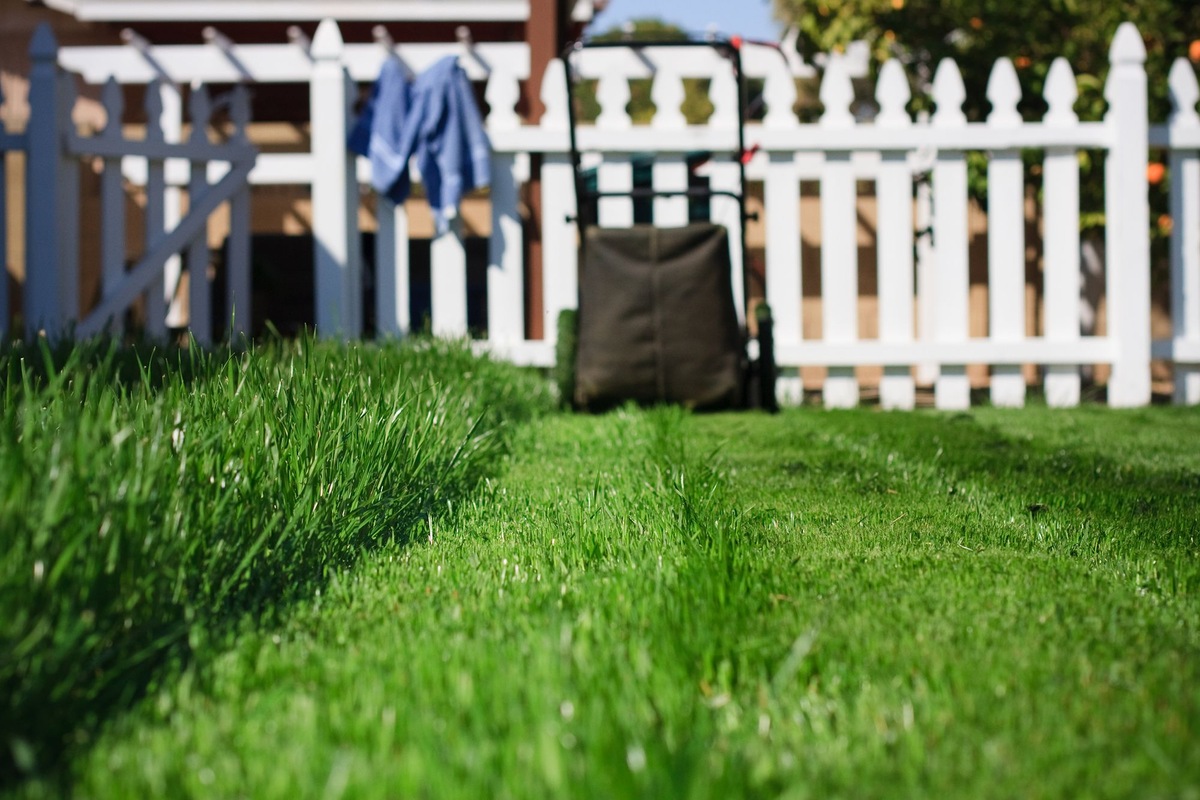

Landscaping Ideas
How To Take Care Of Grass In Spring
Modified: February 18, 2024
Discover essential landscaping ideas for spring grass care to keep your lawn lush and healthy. Learn expert tips for maintaining your grass this season.
(Many of the links in this article redirect to a specific reviewed product. Your purchase of these products through affiliate links helps to generate commission for Storables.com, at no extra cost. Learn more)
Importance of Spring Lawn Care
Spring is a time of rejuvenation and growth, and your lawn is no exception. As the temperatures rise and nature awakens from its winter slumber, it's crucial to prioritize the care of your grass to ensure a lush, healthy lawn throughout the year. The significance of spring lawn care cannot be overstated, as it sets the foundation for a vibrant and resilient turf that can withstand the rigors of the upcoming seasons.
The arrival of spring brings about a surge in grass growth, making it an opportune time to address any issues that may have arisen during the winter months. By tending to your lawn early in the season, you can effectively address potential problems and establish a robust foundation for the months ahead. Neglecting spring lawn care can lead to a myriad of challenges, including weed infestations, nutrient deficiencies, and susceptibility to diseases and pests.
Moreover, proper spring lawn care plays a pivotal role in enhancing the overall curb appeal of your property. A well-maintained lawn not only elevates the aesthetic appeal of your home but also contributes to a healthier environment. Lush, green grass provides a natural cooling effect, reduces soil erosion, and acts as a carbon sink, thereby benefiting the ecosystem as a whole.
In addition to the visual and environmental benefits, investing time and effort into spring lawn care can save you from costly and time-consuming endeavors down the line. By addressing potential issues early on, you can prevent the need for extensive repairs and treatments in the future, ultimately saving both time and resources.
In essence, spring lawn care is the cornerstone of a thriving and picturesque lawn. By dedicating attention to your grass during this critical period, you can lay the groundwork for a resilient, verdant lawn that will be the envy of the neighborhood. With the right approach and a commitment to nurturing your turf, you can enjoy the rewards of a healthy, vibrant lawn throughout the year.
Key Takeaways:
- Spring lawn care is crucial for a vibrant, healthy lawn. It sets the foundation for lush grass, saves time and resources, and enhances the beauty of your property and the environment.
- Aeration and overseeding rejuvenate your lawn. They promote robust growth, address thin patches, and create a dense, resilient turf that thrives throughout the year.
Read more: How To Overseed Grass In Spring
Preparing Your Lawn for Spring
As the winter frost gives way to the gentle warmth of spring, it's time to prepare your lawn for the upcoming growing season. This crucial step sets the stage for a healthy, vibrant lawn that will thrive throughout the year. Here's a comprehensive guide to readying your turf for the springtime rejuvenation:
-
Clearing Debris: Begin by clearing any debris, such as fallen branches, leaves, and other clutter, that may have accumulated over the winter. This allows for better air circulation and sunlight exposure, promoting healthy grass growth.
-
Raking and Dethatching: Use a sturdy rake to gently dethatch the lawn, removing dead grass, roots, and debris that can hinder the growth of new grass. This process also helps in loosening compacted soil, facilitating better water and nutrient absorption.
-
Soil Testing: Conduct a soil test to assess its pH levels and nutrient content. This valuable information will guide you in determining the appropriate fertilizers and soil amendments needed to optimize the soil for healthy grass growth.
-
Edging and Trimming: Define the borders of your lawn by neatly edging along walkways, flower beds, and driveways. Additionally, trim any overgrown shrubs or trees that may encroach upon the lawn, ensuring that the grass has ample space to flourish.
-
Overseeding: If your lawn exhibits thin or bare patches, consider overseeding to promote denser grass coverage. Choose high-quality grass seed that is well-suited to your region and climate, and distribute it evenly across the lawn for consistent growth.
-
Repairing Damaged Areas: Address any areas that have suffered damage during the winter, such as divots, depressions, or compacted soil. Fill these areas with topsoil and level them out to create a smooth, uniform surface for new grass growth.
-
Early Weed Control: Tackle weeds early on to prevent them from overtaking your lawn. Consider applying pre-emergent herbicides to inhibit the germination of weed seeds, effectively minimizing weed infestations as the season progresses.
By diligently preparing your lawn for the arrival of spring, you can establish a solid foundation for healthy grass growth and overall lawn vitality. This proactive approach sets the stage for a lush, resilient lawn that will flourish throughout the spring and beyond.
Mowing and Trimming Tips
Proper mowing and trimming practices are essential for nurturing a healthy and visually appealing lawn. As the spring season unfolds, it's crucial to approach mowing and trimming with care and precision to encourage robust grass growth and maintain an immaculate lawn. Here are some invaluable tips to ensure that your mowing and trimming efforts yield optimal results:
-
Set the Right Mowing Height: Adjust your mower to the appropriate cutting height for your grass species. Different grass types thrive at specific heights, and adhering to these guidelines promotes healthier growth and helps the grass withstand environmental stressors. For warm-season grasses, such as Bermuda or Zoysia, a lower mowing height of around 1 to 1.5 inches is suitable, while cool-season grasses like Kentucky bluegrass and fescue benefit from a slightly higher cutting height of 2.5 to 3.5 inches.
-
Follow the One-Third Rule: Adhere to the one-third rule, which recommends removing no more than one-third of the grass blade length in a single mowing session. This practice prevents stress on the grass and encourages stronger root development, ultimately leading to a denser and more resilient lawn.
-
Sharpen Mower Blades: Ensure that your mower blades are sharp to achieve clean, precise cuts. Dull blades can tear the grass, leaving it vulnerable to disease and discoloration. Regularly sharpening or replacing mower blades is crucial for maintaining the health and appearance of your lawn.
-
Alternate Mowing Patterns: Varying the mowing direction and pattern with each session helps prevent soil compaction and ensures an even, uniform cut. Altering the mowing pattern also reduces the likelihood of grass blades developing a permanent lean in one direction, promoting upright growth and a polished aesthetic.
-
Trimming and Edging: Pay attention to the edges of your lawn, as neatly trimmed borders contribute to a well-groomed appearance. Use a string trimmer or lawn edger to define the edges along sidewalks, driveways, and landscaping features, creating a crisp, manicured look that enhances the overall appeal of your lawn.
-
Avoid Mowing Wet Grass: It's best to refrain from mowing wet grass, as this can lead to clumping, uneven cutting, and potential damage to the turf. Wait until the grass is dry to ensure a smooth and uniform mowing experience.
By incorporating these mowing and trimming tips into your lawn care routine, you can foster a lush, well-maintained lawn that serves as a testament to your dedication and attention to detail. Embracing these best practices will not only enhance the visual allure of your property but also contribute to the overall health and resilience of your grass, ensuring a vibrant and thriving lawn throughout the spring season and beyond.
Fertilizing and Watering Guidelines
Fertilizing and watering are fundamental aspects of maintaining a healthy and vibrant lawn, especially during the spring season when grass growth is at its peak. By adhering to proper fertilizing and watering guidelines, you can provide essential nutrients and hydration to your grass, fostering robust growth and resilience. Here's a detailed overview of the best practices for fertilizing and watering your lawn during the spring months:
Fertilizing Your Lawn
Spring is an opportune time to apply fertilizer to your lawn, as it provides the necessary nutrients to support vigorous grass growth and overall health. When selecting a fertilizer, opt for a high-quality, slow-release formula that delivers a steady supply of nutrients to the grass over an extended period. This approach promotes consistent growth and minimizes the risk of nutrient runoff, ensuring that the grass receives the essential elements it needs to thrive.
Before applying fertilizer, it's advisable to conduct a soil test to assess the pH levels and nutrient content of the soil. This valuable information enables you to tailor the fertilizer application to address any deficiencies and optimize the soil for healthy grass growth. Additionally, be mindful of local regulations and environmental considerations when choosing a fertilizer, opting for eco-friendly options that minimize the impact on the surrounding ecosystem.
When applying fertilizer, follow the manufacturer's instructions regarding the application rate and method. It's essential to distribute the fertilizer evenly across the lawn to prevent uneven growth and potential damage to the grass. Consider using a broadcast spreader for large areas to ensure uniform coverage, while a handheld spreader may be suitable for smaller or irregularly shaped lawns.
Read more: How To Fertilize Grass In Spring
Watering Best Practices
Proper watering is crucial for sustaining the health and vitality of your lawn, particularly during the spring when increased temperatures and sunlight can lead to rapid moisture evaporation. When establishing a watering routine, aim for deep, infrequent watering sessions rather than frequent, shallow watering. Deep watering encourages the development of robust root systems as the grass seeks moisture deeper within the soil, enhancing its resilience and drought tolerance.
In general, lawns benefit from receiving approximately 1 to 1.5 inches of water per week, including rainfall. However, this guideline may vary based on factors such as soil type, grass species, and local climate conditions. To gauge the effectiveness of your watering regimen, consider using a rain gauge or placing empty tuna cans across the lawn to measure the amount of water received during each watering session.
It's advisable to water your lawn in the early morning, preferably before 10 a.m., to minimize water loss due to evaporation and ensure that the grass dries before nightfall. This timing also reduces the risk of fungal diseases that thrive in moist, cool conditions. Additionally, be mindful of local water restrictions and conservation efforts, adjusting your watering schedule accordingly to promote responsible water usage.
By adhering to these fertilizing and watering guidelines, you can establish a solid foundation for a healthy, resilient lawn that flourishes throughout the spring season and beyond. These practices not only contribute to the visual appeal of your property but also support the overall well-being of your grass, ensuring a lush and vibrant lawn that enhances the beauty of your outdoor space.
Dealing with Weeds and Pests
As the spring season breathes new life into your lawn, it also heralds the emergence of weeds and pests that can threaten the health and appearance of your grass. Effectively managing these challenges is essential to safeguarding the vitality of your lawn and nurturing a thriving outdoor environment. Here's a comprehensive guide to dealing with weeds and pests, ensuring that your grass remains resilient and free from invasive threats.
Weed Control Strategies
Weeds can quickly encroach upon your lawn, competing with grass for essential nutrients, water, and sunlight. Implementing proactive weed control strategies is paramount to maintaining a lush, weed-free lawn. Here are some effective approaches to managing weeds during the spring season:
-
Pre-Emergent Herbicides: Applying pre-emergent herbicides early in the spring can prevent weed seeds from germinating, effectively curbing weed growth before it begins. These herbicides create a barrier in the soil, inhibiting the development of weed seedlings and minimizing the need for post-emergent weed control measures.
-
Regular Monitoring and Hand Weeding: Vigilantly inspect your lawn for any signs of weed growth, and promptly remove any weeds that appear. Hand weeding allows for targeted removal of weeds without impacting the surrounding grass, helping to maintain a pristine lawn surface.
-
Selective Herbicides: In cases where weeds have already established a presence in your lawn, selective herbicides can be employed to target specific weed species while preserving the health of the grass. It's crucial to carefully follow the application instructions and consider the potential impact on non-target plants and the surrounding environment.
Pest Management Techniques
Pests, ranging from insects to small animals, can pose a significant threat to the well-being of your lawn. Implementing effective pest management techniques is essential for mitigating potential damage and preserving the health of your grass. Consider the following strategies to address pests in your lawn:
-
Integrated Pest Management (IPM): Adopt an integrated approach to pest management, incorporating a combination of preventive measures, cultural practices, and targeted treatments to address pest issues. This holistic strategy minimizes reliance on chemical interventions and emphasizes sustainable, environmentally conscious pest control methods.
-
Regular Lawn Inspection: Routinely inspect your lawn for signs of pest activity, such as discolored patches, chewed grass blades, or visible pests. Identifying pest infestations early allows for timely intervention and prevents the escalation of pest-related damage.
-
Natural Predators and Beneficial Organisms: Encourage the presence of natural predators and beneficial organisms in your lawn, such as ladybugs, ground beetles, and nematodes, which can help control pest populations naturally. Creating a hospitable environment for these allies contributes to a balanced ecosystem and reduces the reliance on chemical pest control methods.
By implementing these proactive weed control and pest management strategies, you can fortify your lawn against invasive threats and nurture a healthy, resilient outdoor space. With a vigilant approach to weed and pest management, you can ensure that your grass thrives, free from the encumbrances of invasive species and damaging pests.
Read more: How To Plant Grass In The Spring
Aeration and Overseeding Techniques
Aeration and overseeding are integral components of spring lawn care, playing a pivotal role in rejuvenating and fortifying the health of your grass. These techniques are designed to address common issues such as soil compaction, thatch buildup, and sparse grass coverage, ultimately promoting a resilient and lush lawn. Here's an in-depth exploration of aeration and overseeding techniques, along with their profound impact on the vitality of your lawn.
Aeration: Unleashing the Power of Oxygen and Nutrients
Aeration involves the process of perforating the soil with small holes to alleviate compaction and enhance air, water, and nutrient penetration. Over time, the soil beneath your lawn can become compacted due to factors such as foot traffic, heavy machinery, and natural settling. This compaction restricts the flow of essential elements to the grassroots, hindering their growth and overall health.
By aerating your lawn, you create channels that allow oxygen, water, and nutrients to reach the grassroots, promoting robust growth and vitality. This process also stimulates microbial activity in the soil, fostering a healthier and more balanced ecosystem beneath the surface. Additionally, aeration facilitates the breakdown of thatch, the layer of organic debris that can accumulate on the soil surface, preventing it from suffocating the grassroots and impeding water absorption.
Overseeding: Nurturing a Denser, Lush Lawn
Overseeding complements aeration by introducing new grass seed to your existing lawn, addressing thin or bare patches and promoting denser grass coverage. This technique is particularly beneficial for revitalizing aging lawns, repairing damage from environmental stressors, and introducing resilient grass varieties to enhance the overall resilience of the turf.
When overseeding, it's crucial to select high-quality grass seed that aligns with your region's climate and soil conditions. By distributing the seed evenly across the aerated lawn, you encourage the establishment of new grass plants, filling in sparse areas and promoting a uniform, vibrant lawn surface. Overseeding also introduces genetic diversity to your lawn, enhancing its ability to withstand disease, pests, and environmental challenges.
The Synergy of Aeration and Overseeding
When combined, aeration and overseeding create a synergistic effect that revitalizes your lawn, setting the stage for robust growth and resilience. Aeration prepares the soil to receive the new grass seed, ensuring that it has access to the essential elements needed for germination and establishment. The channels created during aeration also provide an optimal environment for the new grass roots to penetrate deeply into the soil, anchoring them securely and promoting long-term vitality.
By embracing aeration and overseeding techniques as integral components of your spring lawn care regimen, you can breathe new life into your lawn, fostering a dense, healthy turf that flourishes throughout the season. These practices not only address existing issues but also establish a foundation for long-term lawn health, ensuring that your outdoor space remains vibrant and resilient for years to come.
Read more: How To Treat Grass In Spring
Conclusion
In conclusion, the care and maintenance of your lawn during the spring season are paramount to the overall health, resilience, and visual appeal of your outdoor space. By prioritizing spring lawn care, you lay the groundwork for a lush, vibrant lawn that will thrive throughout the year. From preparing the lawn for the spring awakening to implementing essential practices such as mowing, fertilizing, and addressing weeds and pests, each step contributes to the holistic well-being of your grass.
The significance of spring lawn care extends beyond mere aesthetics; it encompasses environmental benefits, cost savings, and the fulfillment of creating a welcoming outdoor environment. A well-maintained lawn not only enhances the beauty of your property but also serves as a natural cooling agent, reduces soil erosion, and contributes to a healthier ecosystem. By investing time and effort into spring lawn care, you not only enhance the visual allure of your property but also contribute to the overall well-being of the environment.
Furthermore, the proactive approach to spring lawn care can save you from costly and time-consuming endeavors in the future. Addressing potential issues early on, such as soil compaction, nutrient deficiencies, and weed infestations, can prevent the need for extensive repairs and treatments down the line, ultimately saving both time and resources.
As you embark on your spring lawn care journey, remember that each task, from aeration and overseeding to proper mowing and watering, plays a crucial role in nurturing a healthy, resilient lawn. By embracing these practices, you not only create a picturesque outdoor space but also establish a foundation for long-term lawn health, ensuring that your grass remains vibrant and robust for years to come.
In essence, spring lawn care is a testament to your dedication to creating a thriving outdoor environment. By tending to your lawn with care and attention, you can enjoy the rewards of a healthy, vibrant lawn that serves as a source of pride and natural beauty. Embrace the opportunity to nurture your lawn during the spring season, and reap the benefits of a flourishing, resilient outdoor oasis.
Frequently Asked Questions about How To Take Care Of Grass In Spring
Was this page helpful?
At Storables.com, we guarantee accurate and reliable information. Our content, validated by Expert Board Contributors, is crafted following stringent Editorial Policies. We're committed to providing you with well-researched, expert-backed insights for all your informational needs.
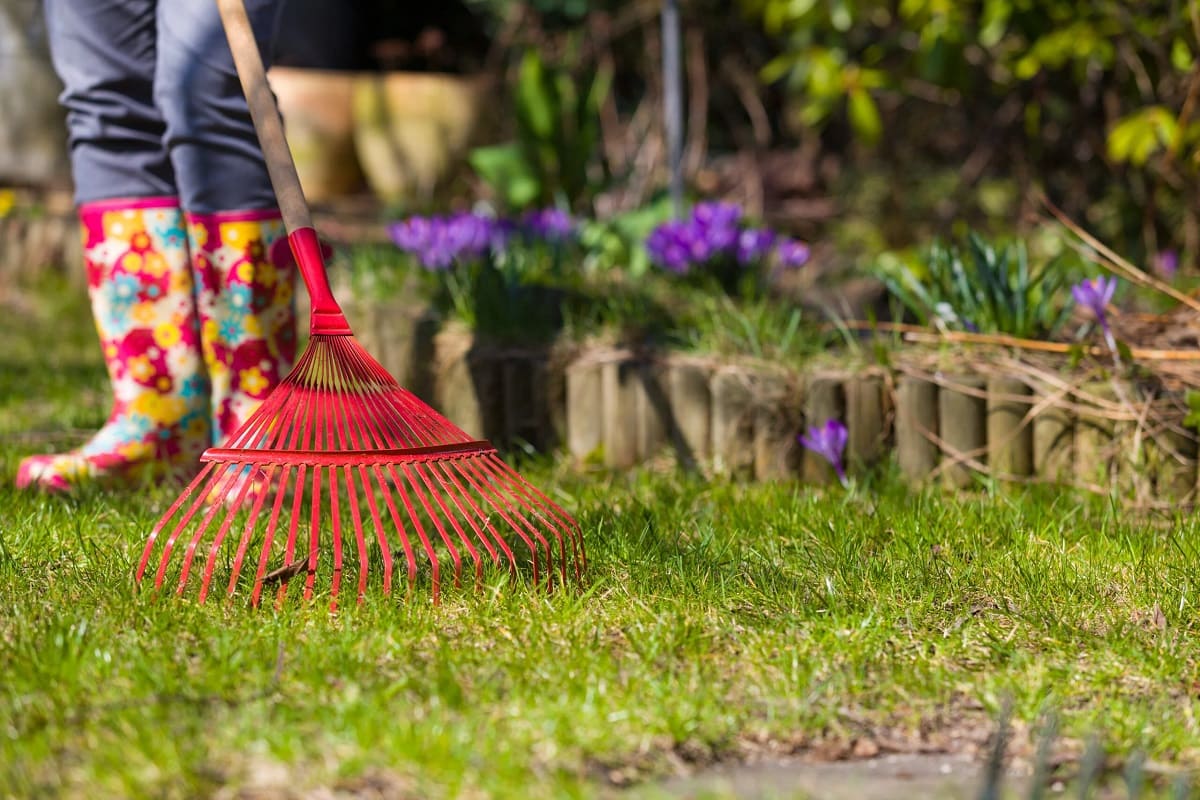
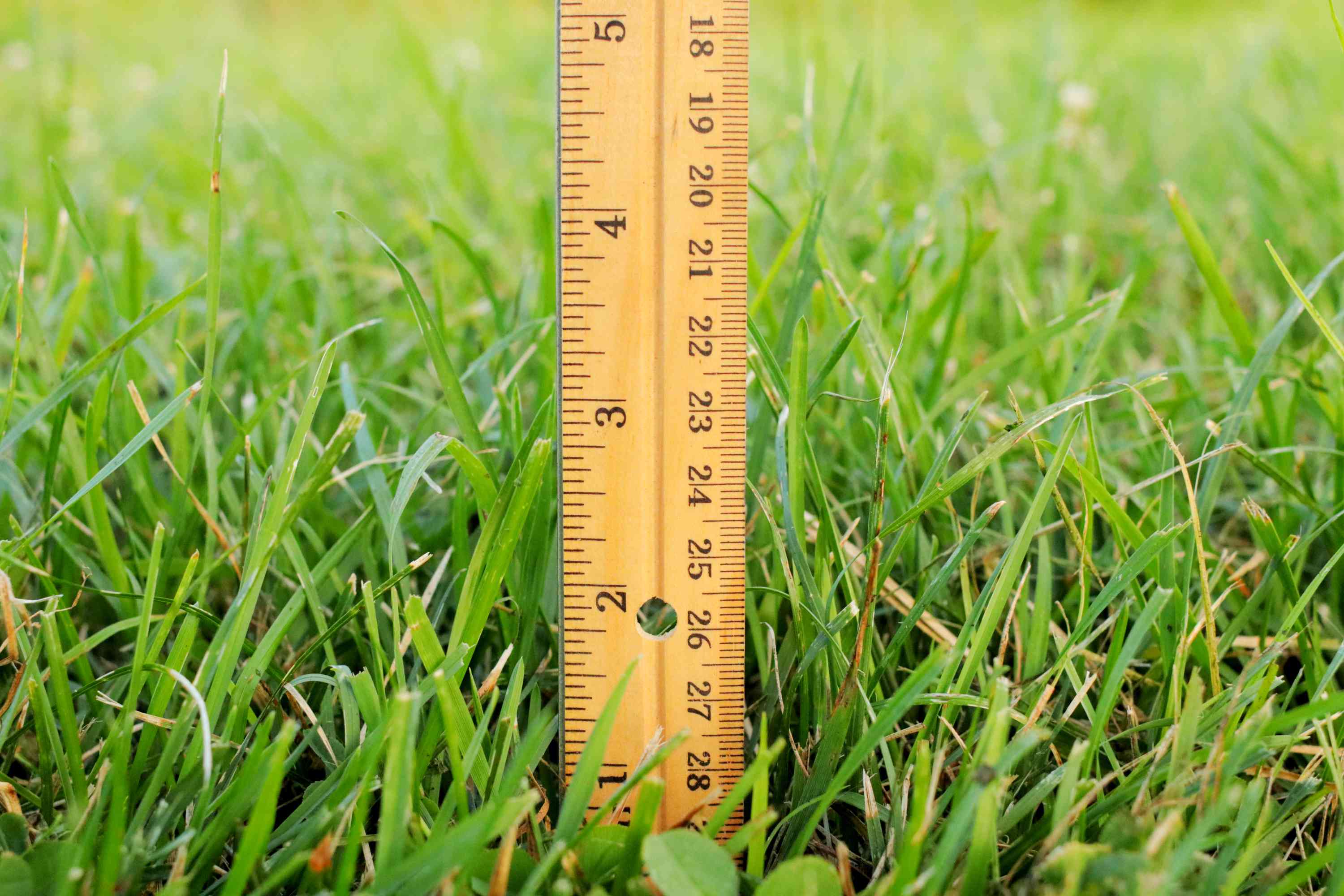
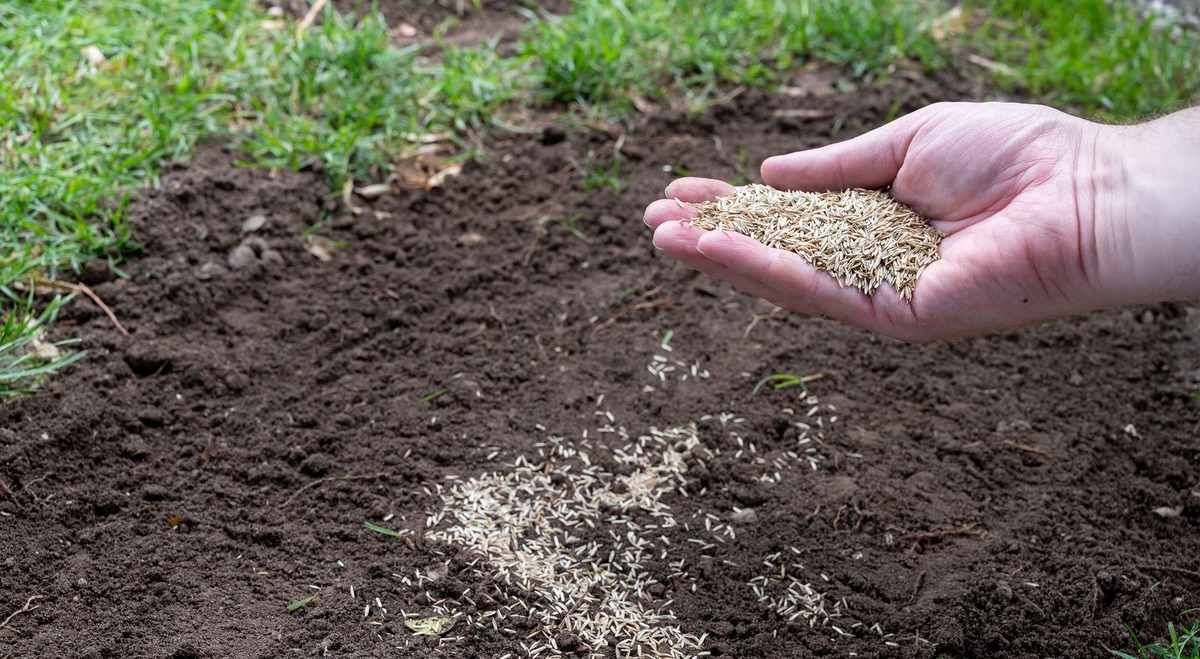

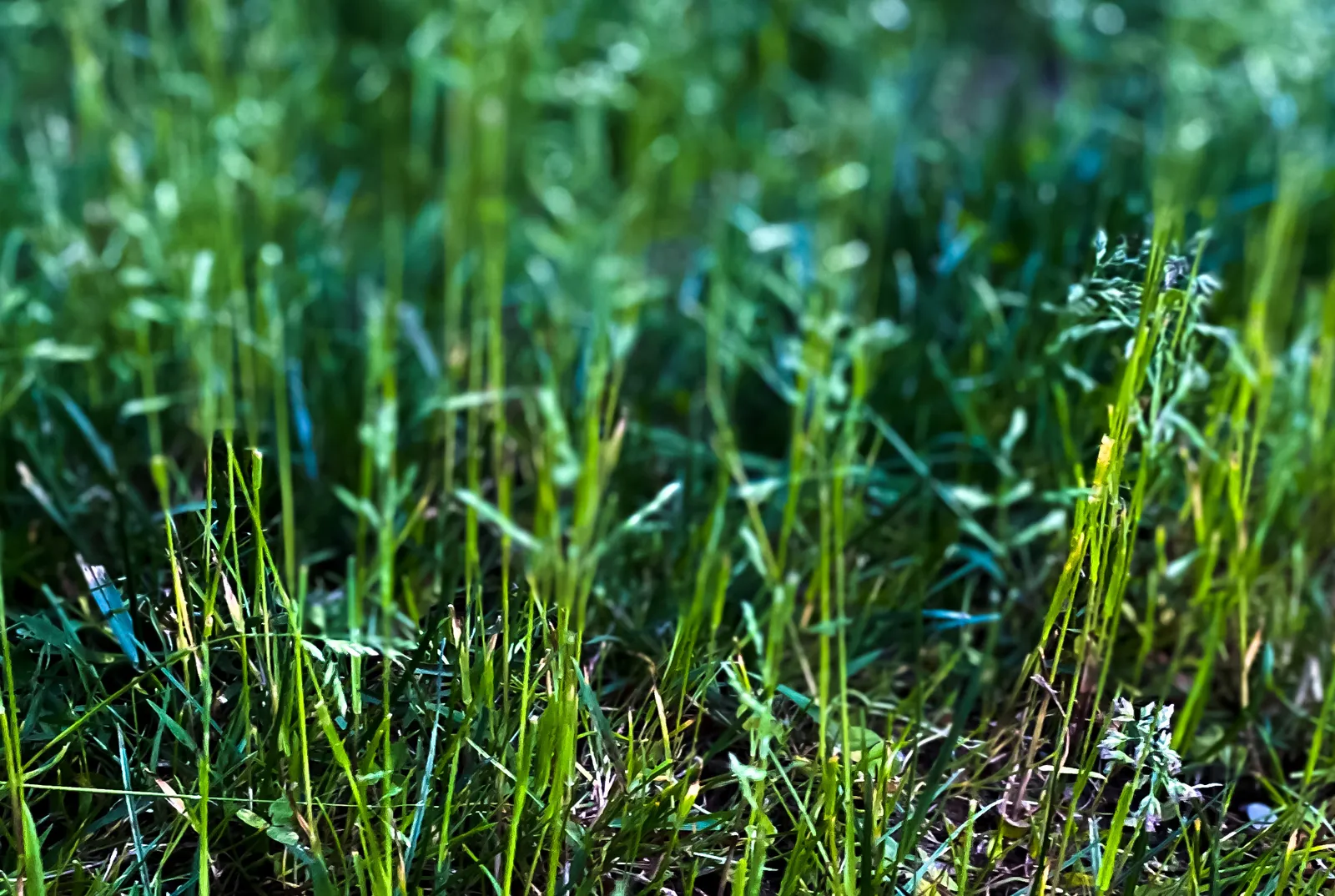
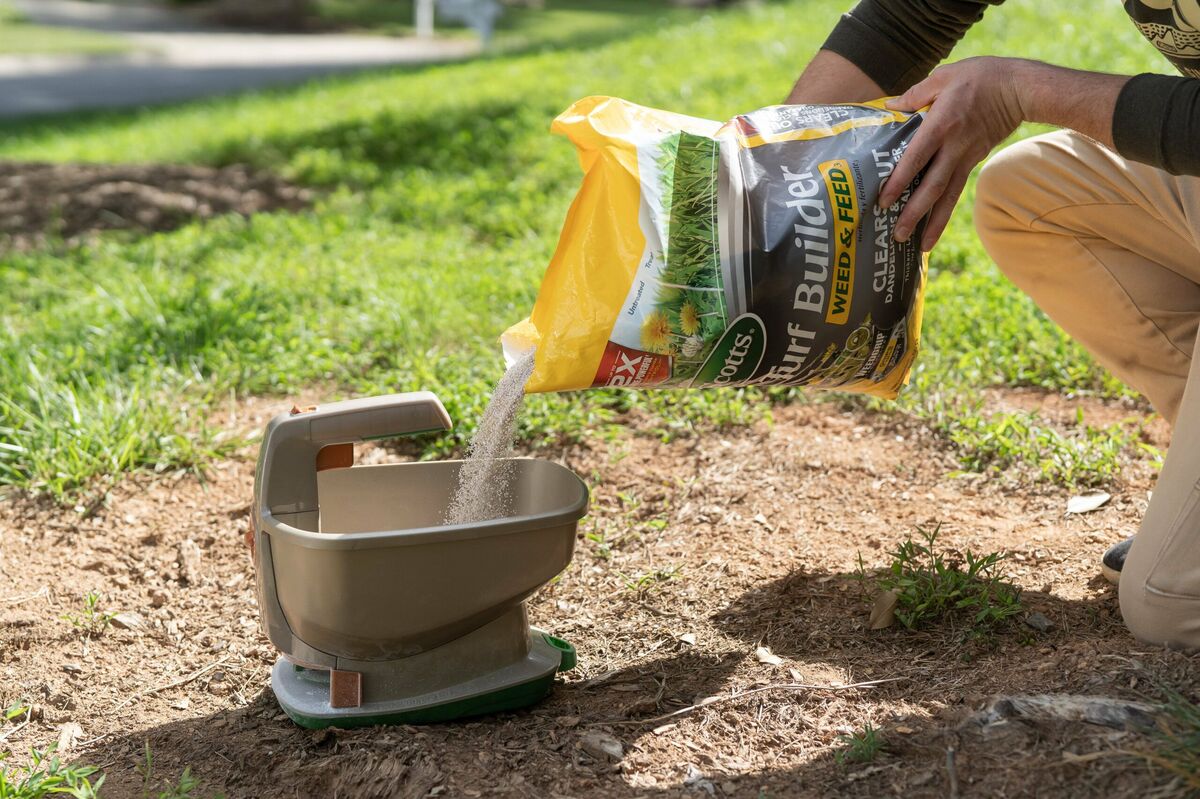
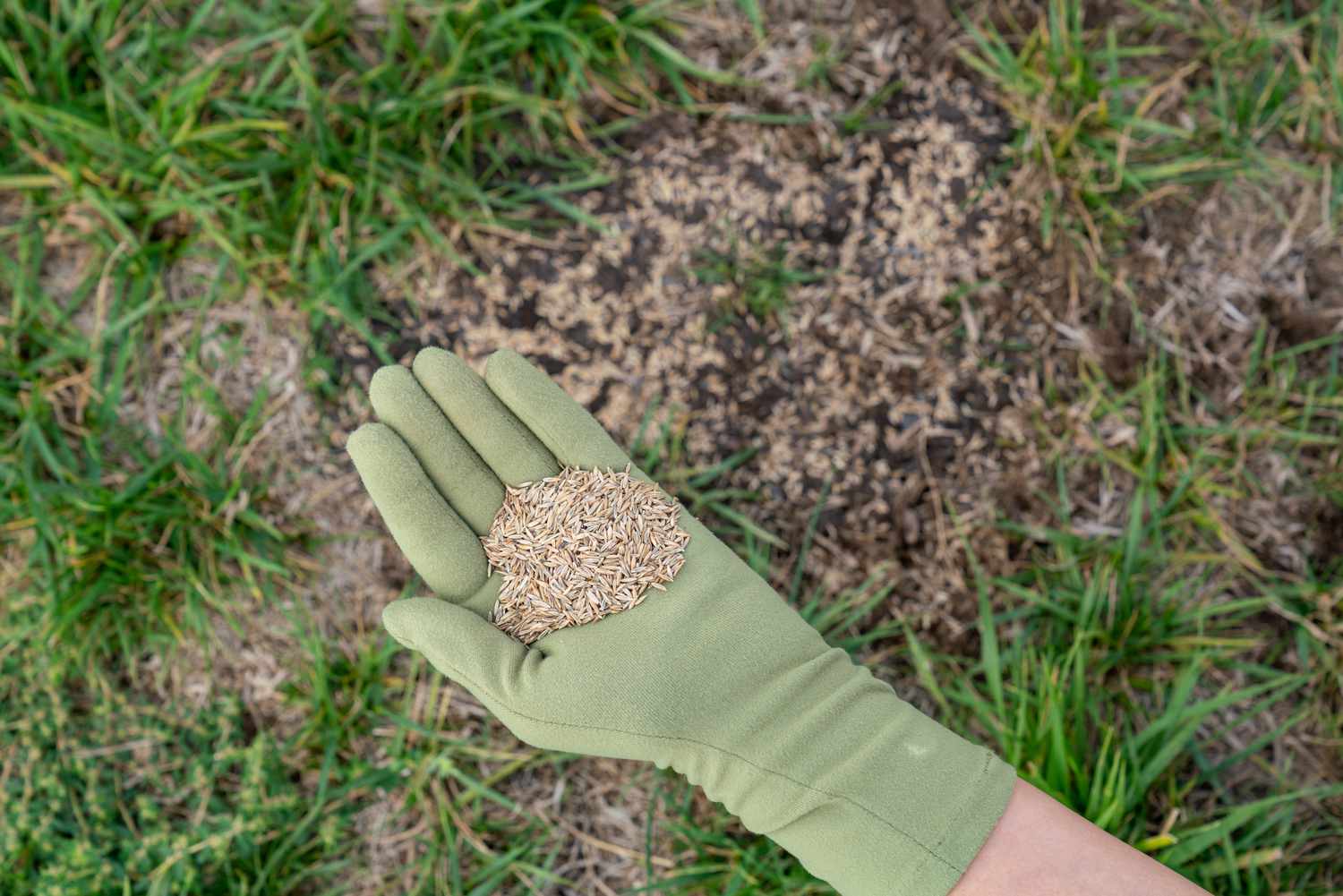
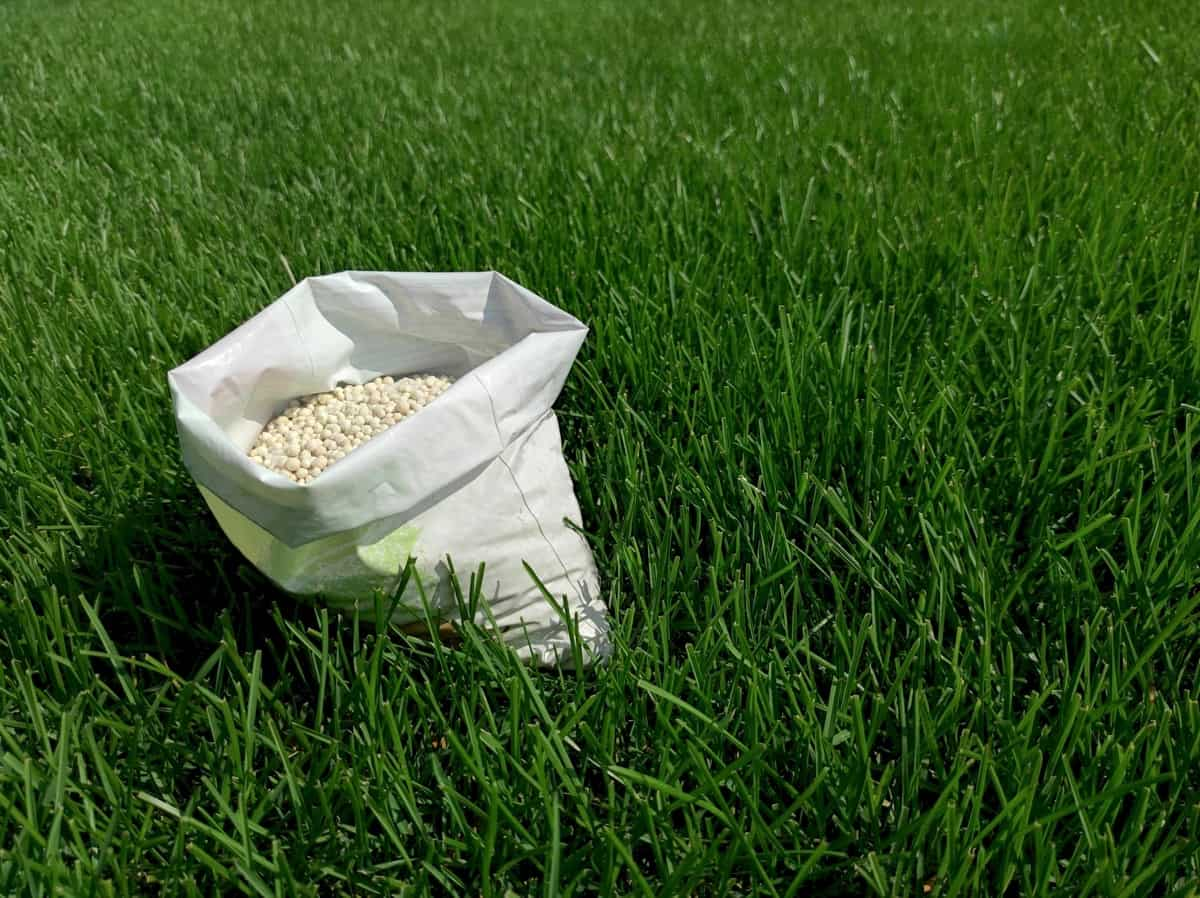


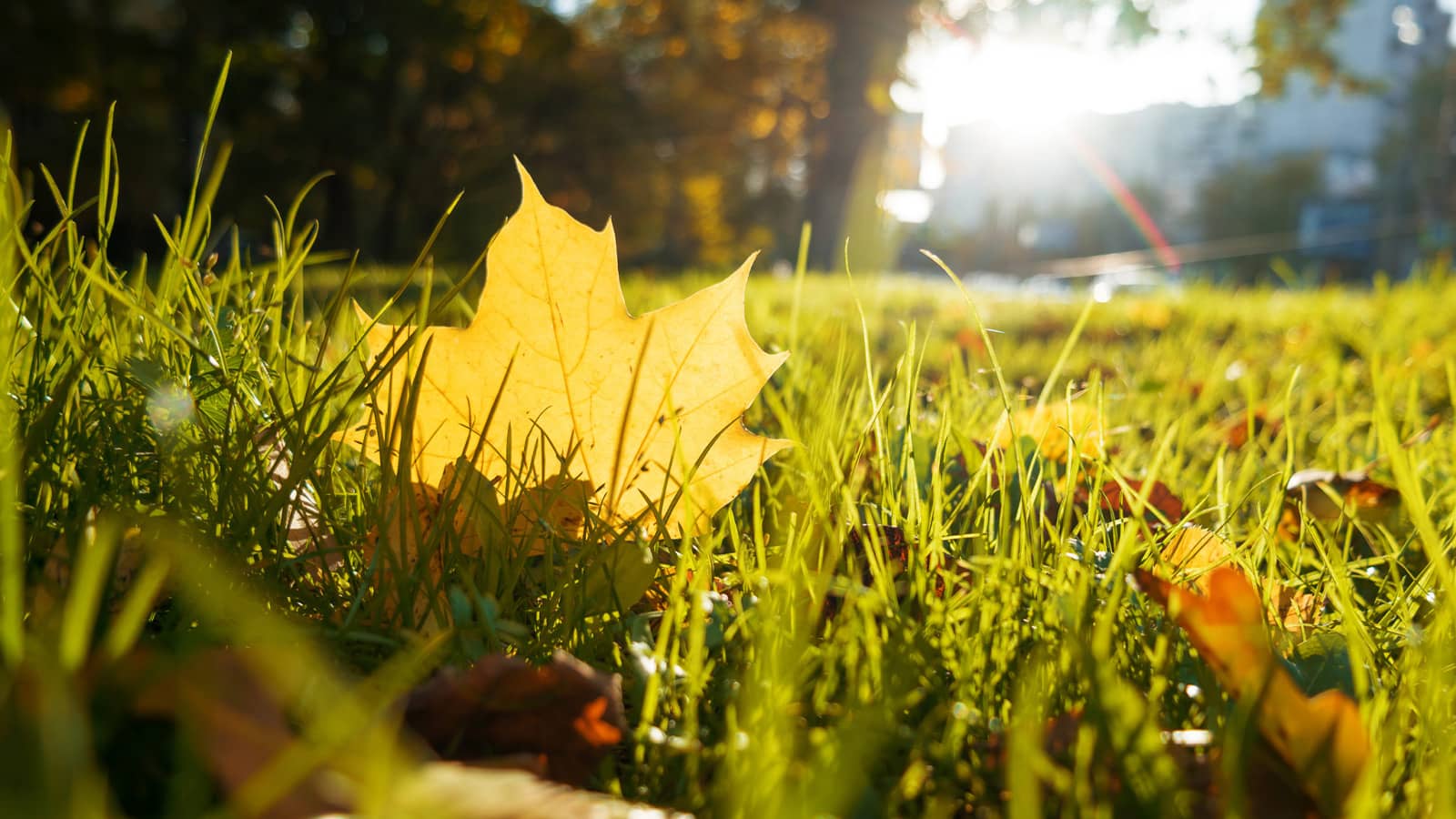
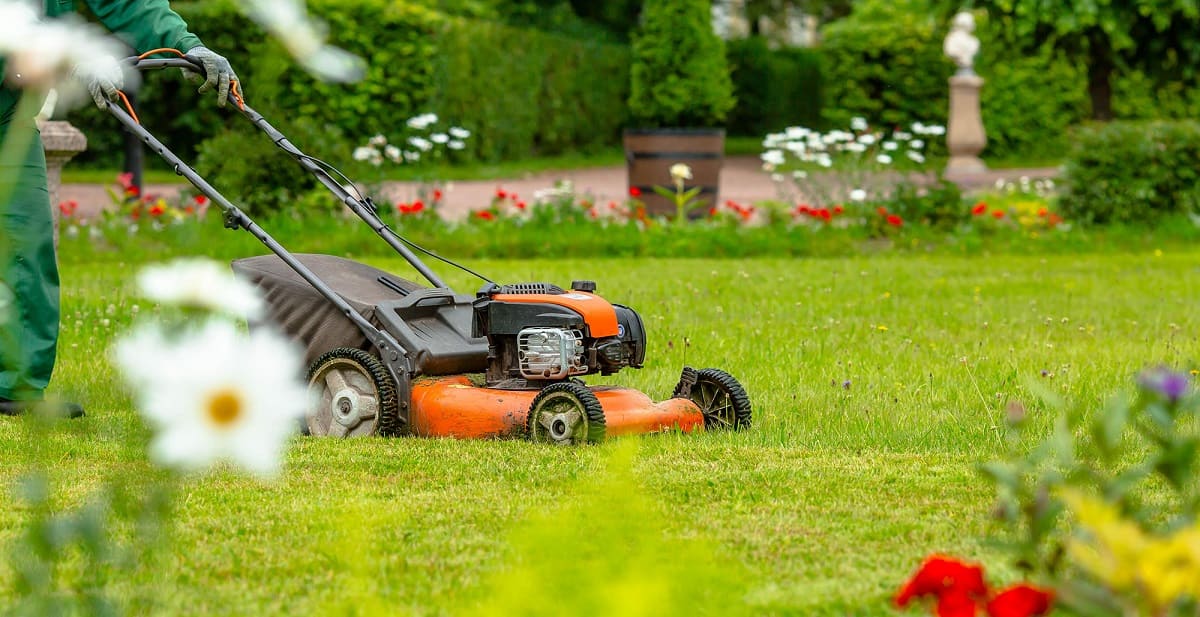

0 thoughts on “How To Take Care Of Grass In Spring”